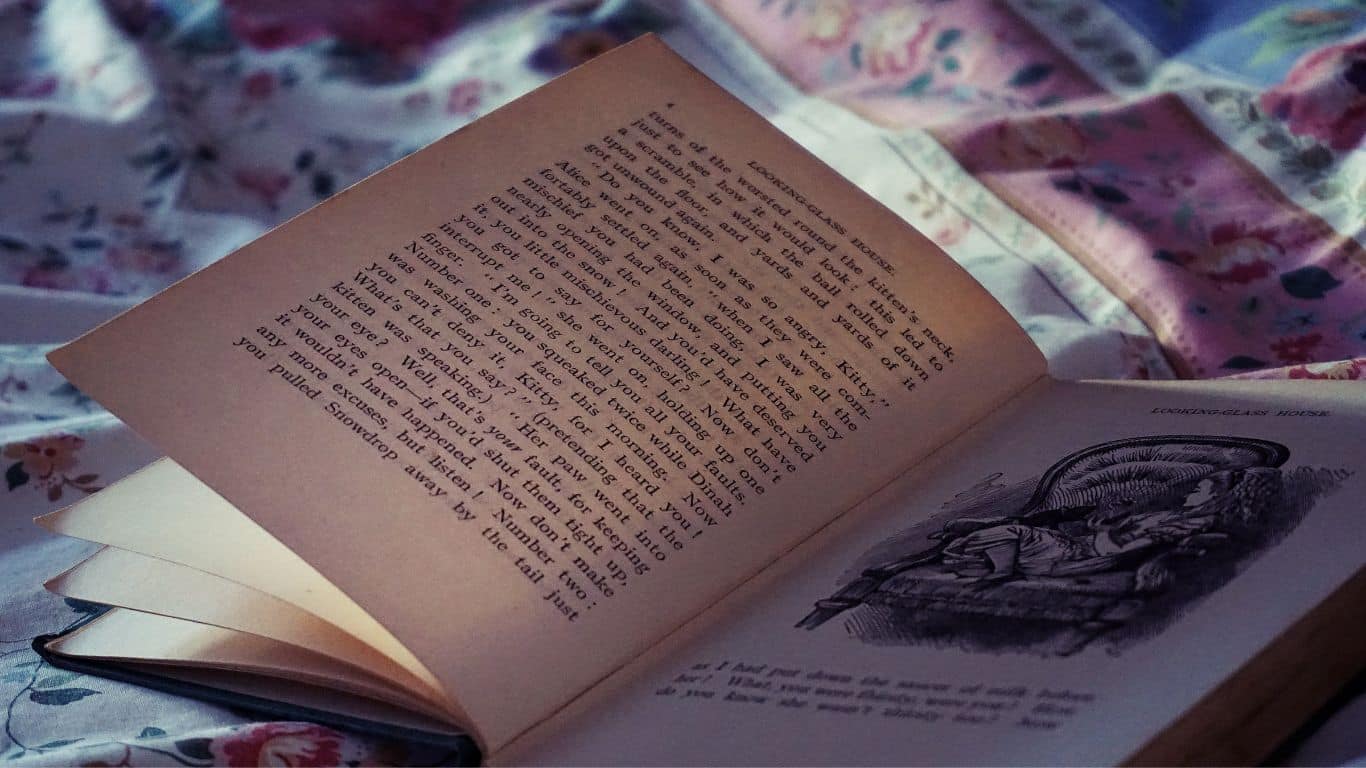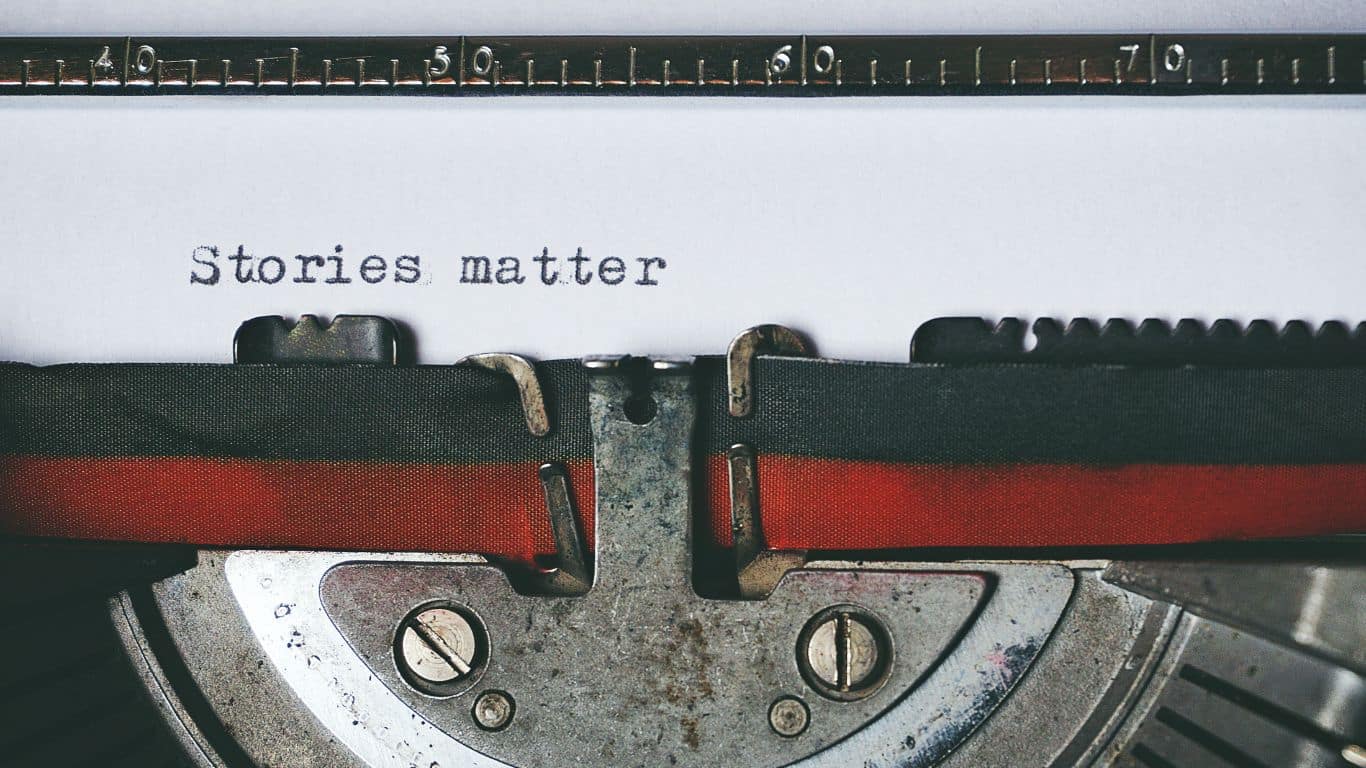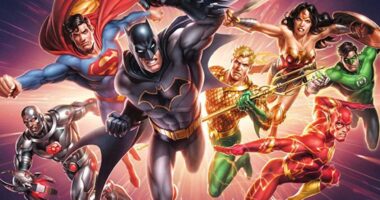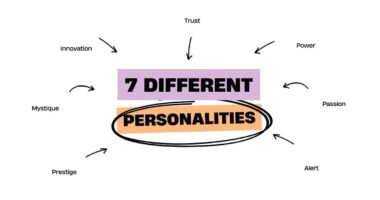How to do Character Development of Antagonist, Protagonist and Secondary Characters? – The writer develops fictional characters by providing them with goals, obstructions, and creating conflict. The primary purpose is to make the character seem relatable to the readers. Character development is an essential element of fiction. This element can be described as how the character evolves throughout the novel. You need to employ writing techniques and literary devices to create a memorable character.
How to do Character Development of Antagonist, Protagonist and Secondary Characters?
Establish Motivations and Goals
Your character must have motivations or goals. They should have something that they are seeking. A great example would be Harry Potter. Due to his parent’s death, his primary goal was to defeat Lord Voldemort. A memorable character is always trying to achieve something. This helps a lot of factors – They seem more relatable to the readers; it builds a story arc, and it genuinely excites the reader to go through the character’s journey till the last page. This is the first thing that you should figure out as a writer because several other literary devices depend on this.

Character Development of Antagonist
The antagonist’s motivation must create a catastrophe for your protagonist. Every villain needs to have their morality, although distorted. If your antagonist spends the majority of the novel killing people, you must provide him the believable reasons for doing so. Make the readers comprehend the desperate reasons that have driven the character to commit the crimes.
Eventually, the readers want the main character to succeed in the end however they don’t want the course to be easy. Your villain must be of the same par and even more powerful. This aspect will compel the protagonist to collect the allies and skills they’ll need to overpower the antagonist which creates the opportunity for better character development.
Character Development of Secondary Characters
Secondary characters serve the significant role of assisting the main character with their alternate skills, providing them the required emotional support, providing comic relief, and getting them into trouble so that the main character can help them. Some of the popular sidekicks in literature are oppositional and will even demoralize the main character – such as Dr. Watson reprimanding Sherlock Holmes for his drug usage. When you will develop an opposing secondary character that will allow you to explore more on the moral gray aspects, settings, and more which sustains the complexity.

Character Development of Protagonist
Just because they are the protagonist that does not mean they have to be flawless or perfect. Often the main characters are initially boring in the storyline. Their personality and features emerge from the trials they encounter. The believable protagonists have features that are similar to real-life people. The protagonist undergoes challenging and tragic changes throughout the novel. This change is known as the character arc. The main characters often have an issue that needs to be solved. They have their reasons to act, they have things to lose and gain, and they can change
Different writers concentrate on different aspects and details of characters. Charles Dickens fed his characters extravagantly whereas Dashiell Hammett never did. Balzac focused on the details of a character’s physical aspects. Flaubert was interested in unraveling character through clothing. Every writer writes their novel in their way. Don’t hesitate to invest your main character with familiar qualities. Your character should have features that will allow them to function in your surroundings. Give your character a quality that will help the readers to recall the characters. One of the ways to create intimacy between the characters and the readers is by using internal monologue. The internal monologue will help the readers develop the setting, events, conflict, and other characters.



